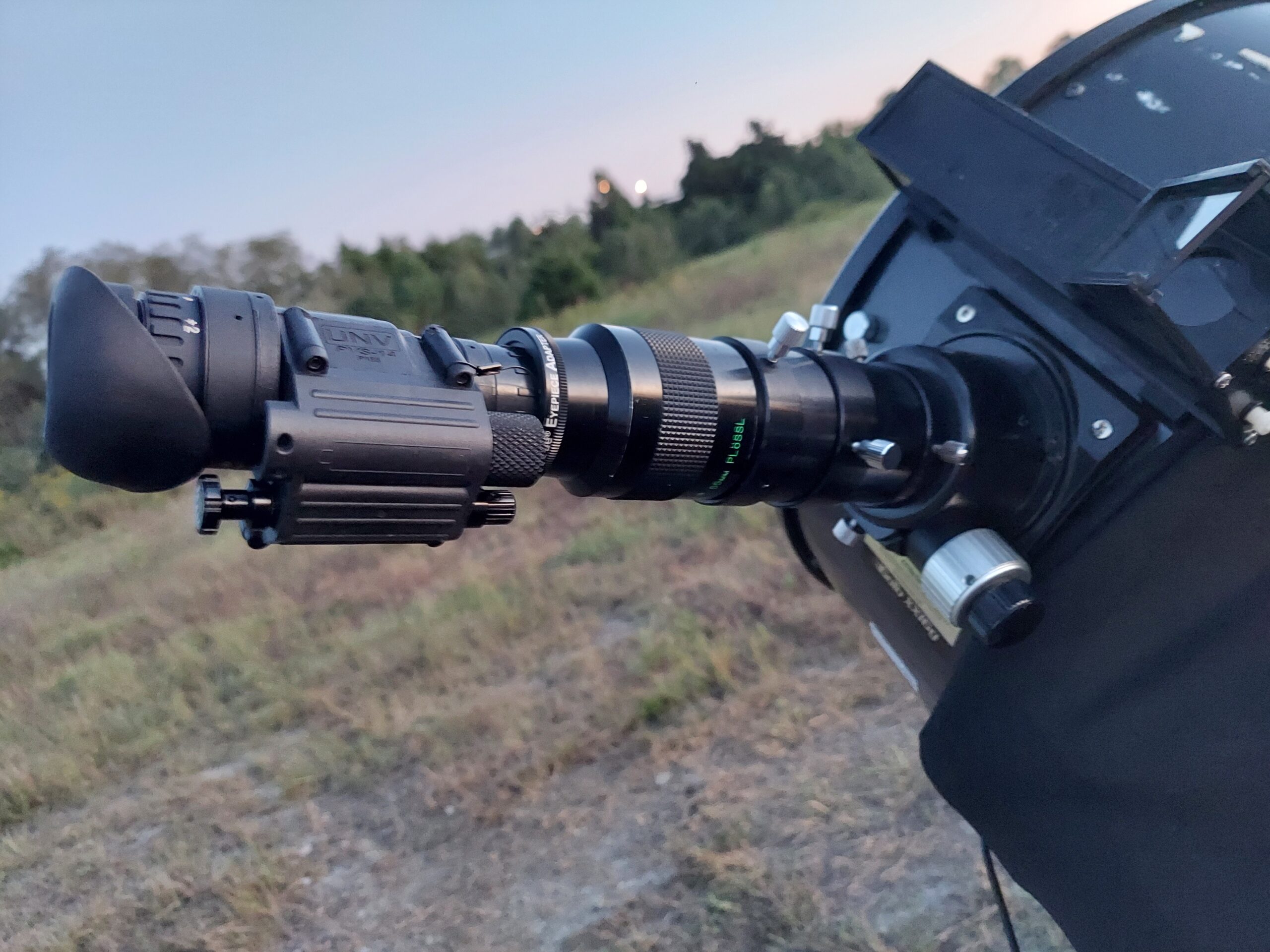What is Zenith?
Zenith is an imaginary point on the celestial sphere located directly above an observer. In common usage it is sometimes used to describe the highest point reached by an object such as the sun (culmination). In scientific terms, the zenith is specific to an observer’s location. The direction of the zenith is vertically opposite the direction of gravity, the nadir, and is perpendicular to the horizon.
Key Takeaways
- Zenith is a point on the celestial sphere directly above an observer.
- Zenith is often confused with culmination, meaning the point at which an object transits the celestial meridian and reaches its highest point in the sky.
- Zenith is the opposite of nadir and is one of four points which defines the celestial meridian.
Understanding Zenith
Ancient astronomers believed the Earth was surrounded by a celestial sphere onto which the heavenly bodies were fixed. In modern times we still use the concept of this sphere to describe the apparent motion and positions of celestial objects.
Zenith is a point on this sphere directly above an observer, representing the “highest” point on the sphere from any given location.
Common definitions of this term often describe it as the highest point a celestial object reaches, usually in reference to the sun: “the sun was at its zenith.” But in astronomy, zenith is specific to a location, not to an object.
The sun is only at zenith if it crosses the celestial meridian directly overhead. In fact the celestial meridian—the imaginary line dividing the eastern and western halves of the sky—can be defined as a great circle encompassing zenith, nadir, and the celestial poles.
When an object transits the meridian, it is called the upper culmination.
The direction of zenith is defined as vertically opposite to the direction of gravity, which points downward to the nadir. It is further defined as perpendicular to the astronomical horizon, a great circle which surrounds the observer on a horizontal plane.
In the horizontal coordinate system (altitude/azimuth), altitude and zenith angle are complementary, adding up to 90 degrees, where altitude is the angle between the horizon and an object, and the zenith angle is the angle between the object and zenith.
Though altitude is commonly used to denote the position of a planet or star, zenith angle can also serve the same purpose. In former times it was used for navigation on the seas, and it is still used to describe the position of the sun relative to a point on Earth.




